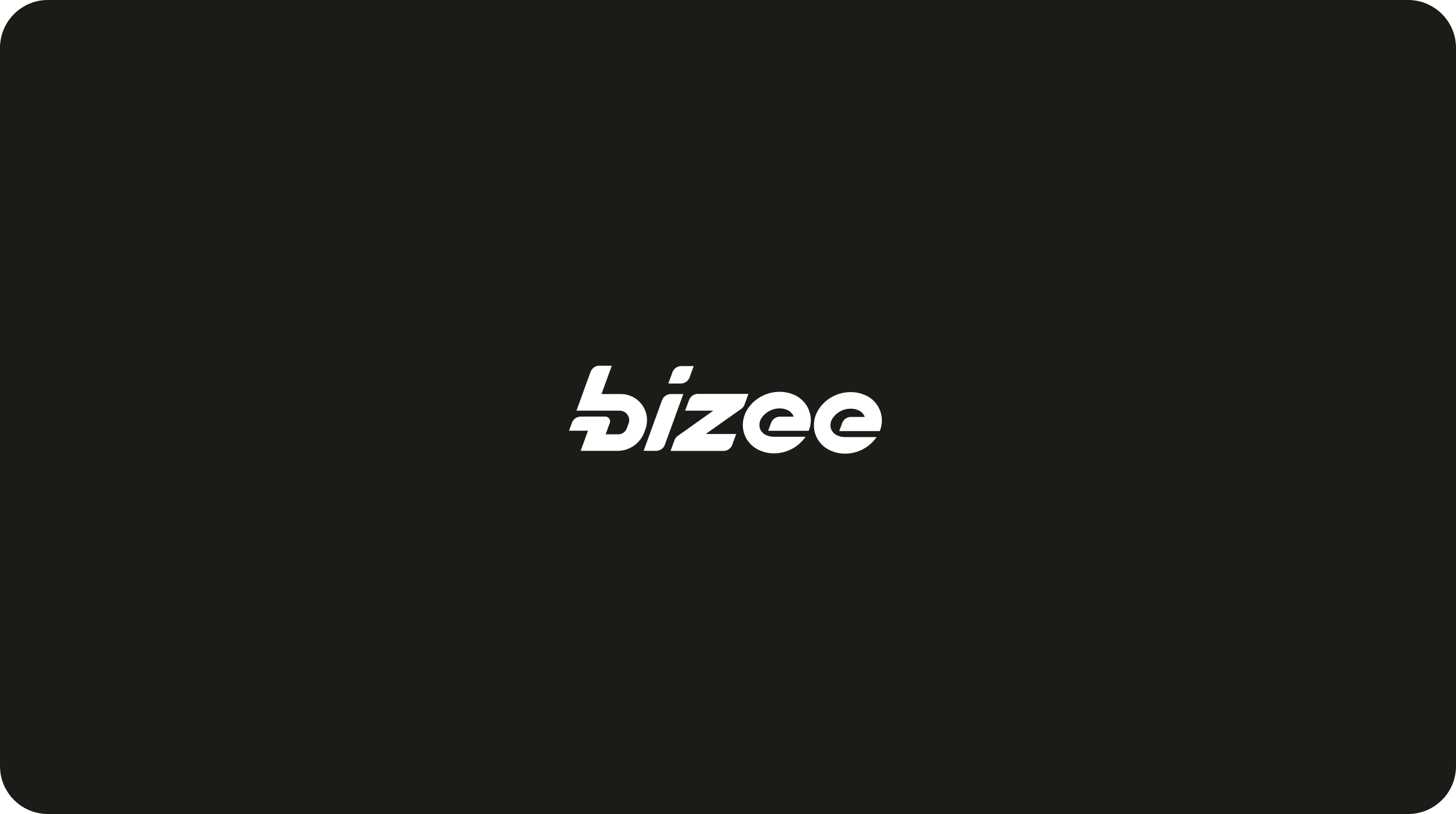Services
Services
Services
Services

Please note: This post contains affiliate links and we may receive a commission if you make a purchase using these links.
F or the last several years, the implementation of DEI (diversity, equity, and inclusion) has been significant for companies both large and small. However, some businesses still struggle to put DEI into practice, often due to a lack of awareness or resources. If you operate a business with employees and/or connect with members of the general public (e.g., vendors, customers, contractors, etc.), an evolving DEI policy can help you avoid these struggles and generate positive growth within your company.
Here, we look at the biggest DEI challenges for small businesses and how you can tackle them, plus we give you tips on designing an effective DEI policy for your business.
Get One Platform to Manage Your Whole Business & All the Services You Need.
Click Here

In a survey we conducted with small business owners, over half of the respondents said DEI is a core component of their organization. This is a great start, but it means close to half of those business owners are still unsure how to implement DEI practices themselves. To incorporate DEI in your workplace, start by understanding the specific challenges faced by minorities and other groups in business settings.
Let's take a closer look at these diversity challenges:
DEI is a package deal. If you promote diversity but neglect equity or inclusion, these challenges will still exist, and they may even be more profound.
Now that we understand the challenges, let's explore the solutions. There are many documented best practices to utilize DEI in the workplace, which can be adapted and implemented based on the needs of your small business. Top DEI best practices include the following:
To embrace DEI and use it effectively begins, you must be aware of any issues and receptive to finding solutions. The benefits of DEI in the workplace are numerous, and the rewards include the following:
In order to reap these rewards, awareness must be cultivated and encouraged. This starts with understanding unconscious bias, as explained above. Work with employees to uncover their own unconscious bias, dive into the reasoning behind it, and look for productive ways to break down and reframe harmful stereotypes.
Gaps in salaries and opportunities for advancement can exist in many minority groups, but perhaps the most well-documented is the gender gap. For decades, men have outpaced women in pay and career advancement, even when coming from a place of comparable education and experience.
According to the U.S. Department of Labor, the wage gap is also compounded by age, with older women earning between 20%-27% less than their male counterparts. Overall, women earn 17% less than men, regardless of age. Pay equity is a critical practice to implement in order to combat this gap.
Education is the great equalizer when it comes to managing bias and improving DEI in the workplace. Offering relevant training opportunities to employees can help mitigate some of the challenges mentioned above, and it can also create an open and transparent discussion around perceived biases and issues. DEI training should be a fundamental part of new employee onboarding, and it should also be revisited on a regular basis for refreshers and updates.
"Covering" is a term used to describe actions taken by employees who feel they need to conceal facets of their identities in order to fit in and/or advance in the workplace. This is common among all minority groups. According to a 2013 study by Deloitte, 83% of LGBTQ individuals, 79% of Black people, and 67% of women of color have all said they've "covered" their identities in the workplace.
Employees may cover their appearance, their beliefs, or their sexuality. Some companies may believe this is acceptable because it puts everyone on an "even playing field." However, this is not considered inclusion, and covering is incredibly harmful. Individuality should be respected and encouraged in a culture that allows each employee to be fully themselves.
The challenges and solutions around DEI are always evolving, and that means your policies should be as well. As your business grows, you may find you're hiring employees from more varied backgrounds and cultures. As you increase diversity, your need for greater equity and inclusion will also expand. Plan to reevaluate your DEI policies on an annual basis, but keep a close eye on needs that emerge in real-time and be prepared to address them.
All of these tenets are important to a more inclusive work environment, but how do you put them into practice? Even the best DEI policy is worthless if action isn't taken, so here are some ways you can implement these practices in your business:
First, understand that equity is very different from equality. Equality is ensuring everyone has the same . Equity is ensuring that everyone has what's fair .
Put this into practice by ensuring your company's workplace is physically accessible, which can be done by implementing the proper accommodations for employees. Examples can include a standing desk vs. a seated desk, a larger computer monitor, door ramps, etc.
Remember that equity isn't just about giving everyone the same tools — it's about making sure every individual has the right tools to be successful.
Put your DEI policy in writing, share it with all employees, post it on your business website for the public to view, and make sure it's internally accessible at all times. Keep these tips in mind when constructing your policy:
Effective DEI starts at the top, and that means you'll need to practice what you preach if you want it to be successful. Here's how to start:
First, evaluate your own unconscious bias and begin breaking down harmful stereotypes you may subconsciously carry. There are online quizzes and questionnaires that can help you evaluate and address these biases.
Next, take a look at the language you use , and find opportunities to improve it. This could involve adding your pronouns to social media profiles or assessing the messaging you use in business communications.
Then, work on creating spaces that are physically and psychologically safe for your employees and anyone who enters or interacts with your business.
Finally, realize that you will stumble and make mistakes along the way . Apologize to anyone you've hurt with your actions — whether intentionally or not — and seek support to correct those mistakes and prevent them from happening again.
Don't worry about meeting some sort of "quota" when it comes to increasing diversity in your organization. Instead, carefully evaluate your hiring process , and look for ways to make it more DEI-informed. Here are some examples:
Make this a bold DEI statement you can share widely. This is not a DEI policy but rather a brief and powerful snapshot of how your business approaches DEI. This statement should leave no questions about your business's values, ethics, and mission toward diversity and inclusion.
When writing your credo, make sure it meets the following requirements:
Once you've written out your credo, make sure you spread it around. Put a poster on the wall, add it to your website, place it on recruiting documents, etc. Make it public and prominent to not only attract people to your business but also keep your business accountable.
It's true that not everyone belongs to a minority group or one that struggles with representation. However, anyone can be an ally. Every person on your team has the capacity to understand the experiences of others and should be expected to make an effort to do so. Consider implementing training specifically for allies so they learn how to better support their colleagues and understand what allyship looks like.
Want more specifics on how to incorporate DEI in your business? We've got some brainstorming starters that may spark ideas that are creative, fun, and, most of all, effective in improving your diversity, equity, and inclusion:
When planning DEI initiatives and activities, it's important to be aware of the "minority tax" in order to avoid it. This is the term used to describe the unfair burden placed on underrepresented employees when asking them to take on more effort in order to improve DEI. When employees are asked to do this, they may end up feeling greater pressure or frustration, and they may assume their job is on the line if they don't agree to participate.
DEI will continue to be a crucial part of the foundation of every small business. If you haven't started developing your DEI strategy, there's still time to broaden your horizons and build a DEI policy that positively impacts your business and employees. Follow the tips above to create your policy, and don't forget — this is an evolving process with no finish line. Be ready to let yourself evolve and grow, just as your business does.
Remember that Bizee is here to support your business throughout its growth. No matter how you expand or evolve, we have all the resources you need to help your business thrive.
Get One Platform to Manage Your Whole Business & All the Services You Need.
Click Here


Wendi is a freelance writer based in Indianapolis, IN, with over a decade of experience writing for a variety of industries from healthcare to manufacturing to nonprofit. When she isn't working on solutions for her clients, she can be found spending time with her kids and husband, working in the garden or doing more writing (of the fiction variety). Read more


Get Bizee Podcast
Join us as we celebrate entrepreneurship and tackle the very real issues of failure, fear and the psychology of success. Each episode is an adventure.